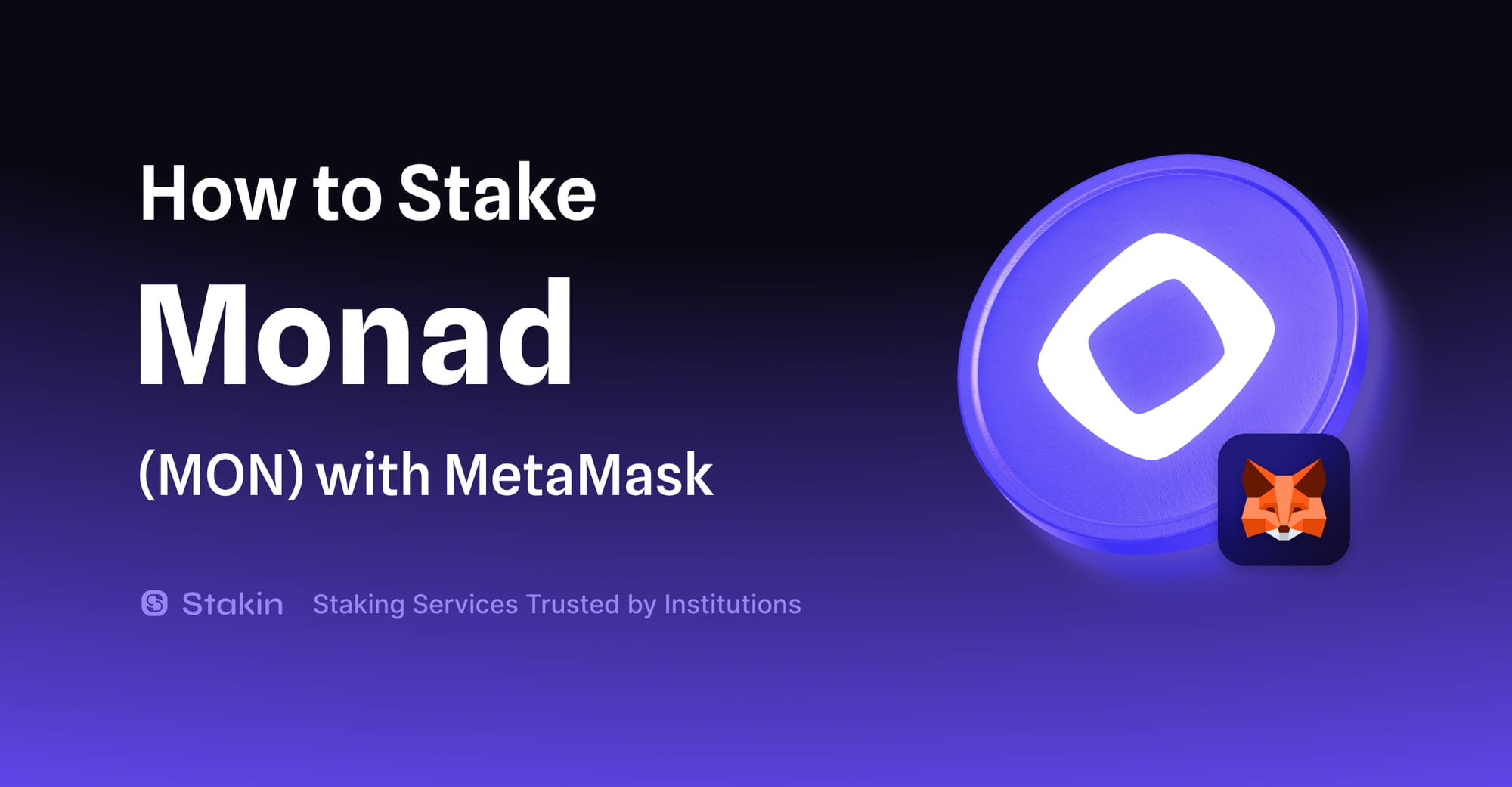As privacy and trustlessness become foundational to the next generation of blockchain applications, the demand for high-throughput, low-latency cryptographic computation is rapidly accelerating. IKA emerges as a transformative solution: a parallelized Multi-Party Computation (MPC) network purpose-built for Web3 use cases, from decentralized custody and identity to confidential DeFi and cross-chain execution.
Introducing IKA
IKA is the first sub-second MPC network capable of processing up to 10,000 threshold signatures per second, while supporting hundreds, or even thousands, of participating signer nodes. It is designed to enable cryptographically enforced coordination between multiple parties without exposing private inputs or relying on trusted intermediaries.
Forked from the Sui blockchain, IKA repurposes and extends Sui’s high-performance architecture to create a specialized MPC layer. While it inherits the permissionless validator model of Sui, IKA disables smart contract execution on its own chain, focusing entirely on decentralized signature generation. Validators on IKA, referred to as authorities, are selected through delegated proof-of-stake using IKA’s native token and are reconfigured periodically to preserve Byzantine fault tolerance and maintain decentralization.

The Value Proposition of IKA: Decentralized MPC Without Compromise
IKA represents a technical evolution in decentralized MPC infrastructure, addressing key limitations in throughput, latency, and trust assumptions. Traditional MPC networks often face performance bottlenecks and centralized coordination constraints. In contrast, IKA introduces a parallelized architecture capable of processing thousands of signatures per second with sub-second latency. Its design allows hundreds of nodes to participate in the signing process while maintaining cryptographic enforcement of user participation. This approach enables secure, real-time execution of logic across blockchain environments, including use cases such as decentralized custody, programmable asset control, and cross-chain interoperability.
Why Parallel MPC?
Traditional MPC protocols are typically sequential, meaning parties must wait for others to complete their computation before proceeding. This approach introduces latency and limits scalability, especially in multi-party signing or secure coordination. IKA addresses these constraints through a parallel MPC architecture that breaks down cryptographic tasks into concurrent operations. This design significantly reduces response time and allows the network to handle thousands of signing operations per second with sub-second latency.
Parallel execution is particularly valuable for applications requiring both privacy and performance. IKA's structure supports use cases such as institutional-grade threshold signing, confidential voting mechanisms in decentralized governance, and privacy-preserving logic in DeFi protocols. By enabling real-time cryptographic coordination at scale, IKA expands the design space for secure, cross-chain applications that require trust-minimized execution without compromising on speed.

Built on Sui: Speed Meets Privacy
IKA is implemented as a fork of the Sui blockchain, leveraging its architecture to support high-performance, decentralized cryptographic coordination. Sui’s object-centric data model and ability to execute transactions in parallel align closely with IKA’s need to manage multiple MPC rounds simultaneously. Unlike general-purpose smart contract platforms, Sui’s consensus protocol, Mysticeti, offers deterministic finality and efficient message propagation, which are essential for coordinating complex, time-sensitive MPC operations across a large number of nodes.
The integration with Sui also brings composability and developer flexibility. IKA uses Sui Move to define and manage MPC logic with formal guarantees around safety and control. As a result, dApps built on other Sui-compatible environments can interact directly with IKA’s decentralized signing infrastructure. This makes IKA natively interoperable with protocols across the Sui ecosystem, including wallets, bridges, and DeFi applications, without requiring token wrapping or intermediary trust. Sui’s capabilities enhance IKA’s ability to deliver:
- Massively parallel execution for concurrent MPC workloads
- Secure coordination through fast finality and verifiable state updates
- Composable deployment of dWallet logic via Move contracts
- Direct interoperability with native assets across supported chains

Key Innovations in IKA
- Parallel MPC Engine: IKA distributes cryptographic workloads across a decentralized network, enabling sub-second latency and up to 10,000 signatures per second. This architecture supports real-time, privacy-preserving computation at scale.
- Zero-Trust Signing: Each signature generated on IKA requires direct cryptographic participation from the user. This noncollusive model eliminates reliance on intermediaries and enforces user-level control over private key material.
- 2PC-MPC Protocol: At the core of IKA’s cryptographic design is a two-party ECDSA scheme where the second party is emulated by a network of nodes. This enables decentralized, programmable dWallets while ensuring noncollusive security guarantees.
- Scalable Architecture: The 2PC-MPC protocol achieves linear scaling in communication (O(n)) and maintains constant per-party computational cost (O(1)) using aggregation and amortization techniques. For end users, performance remains constant regardless of network size.
- Cross-Chain Compatibility: IKA supports control of native assets across multiple blockchains using standard signature algorithms like ECDSA, with future support planned for EdDSA and Schnorr. This enables secure, trustless interoperability without wrapping or bridging.
- Composable Integration: Developers can implement dWallet functionality through smart contract logic, using IKA as a cryptographic backend for applications built on Sui and other integrated chains.

Potential Use Cases
IKA is actively being explored by builders and institutional teams for the following high-impact use cases:
- Custody & Wallet Providers: Offload signing operations to a distributed MPC network without compromising key material. For example, MPC wallets like Fireblocks, Fordefi, or Safe could use IKA as a trust-minimized signing backend, and new MPC solutions could be built on top of IKA.
- Liquid Staking Protocols: Enable privacy-preserving governance votes or validator selections. For example, IKA could be integrated into platforms like Snapshot, Tally, or Fractal Protocol, and new decentralized voting platforms could emerge built on top of IKA
- Private DeFi Execution: MEV-resistant DeFi protocols using MPC to aggregate and match user orders or inputs without revealing them to the network. For example, a DeFi options or AMM protocol could aggregate order books or liquidity commitments using IKA.
- Web3 Gaming & Prediction Markets: Use MPC to run secure lotteries, sealed-bid auctions, or randomized game mechanics without centralized oracles.
- Restaking & AVS Infrastructure: Secure threshold cryptography operations for new EigenLayer-style shared security protocols. IKA could be useful for building private oracles, MPC bridges, or trust-minimized aggregators

Token Utility and Economics
The IKA token underpins the economic and governance framework of the Ika Network. As a decentralized MPC infrastructure, Ika relies on IKA to coordinate participation, enforce cryptographic execution, and sustain long-term protocol development. The token is not only a means of payment for network services but also a mechanism for securing consensus, distributing rewards, and enabling decentralized control over protocol upgrades and operational parameters.
Network Coordination
The IKA token is central to the operation of the Ika Network. It enables users to pay for cryptographic operations, incentivizes participation in consensus and MPC rounds, and governs protocol evolution through staking-based voting mechanisms.
Fee Mechanism
Users pay IKA for operations such as generating dWallets, requesting threshold signatures, and performing cryptographic resharing. Fees reflect the computational complexity of each task, which may vary based on the algorithm used (e.g., ECDSA, EdDSA, Schnorr).
Staking and Security
Authorities in the Ika Network are selected through delegated proof-of-stake. Users stake IKA to secure the protocol and earn rewards, while the protocol rotates validator sets per epoch to maintain Byzantine fault tolerance and decentralization.
Governance Participation
IKA holders can influence protocol parameters and network upgrades by voting on proposals. This ensures that control over economic and technical decisions remains distributed among the community.
Dynamic Cost Structure
MPC operations differ in computational demands. The protocol accounts for this through a market-based pricing mechanism that adjusts fees based on factors like cryptographic curve type, committee resharing events, and pre-signature optimizations. This structure ensures fairness and sustainability across network participants.
Token Supply and Distribution
The initial supply of IKA is 10 billion tokens, with over 50% allocated to the community. At mainnet launch, 6% (600 million) will be distributed through a community drop. The remaining distribution, including contributor and ecosystem allocations, will be published closer to launch. Ongoing token issuance will be governed by protocol consensus, primarily to support staking and network operations.

Stakin’s Role on IKA
As one of the leading institutional staking providers with infrastructure across 40+ networks and $1B+ in assets under delegation, Stakin is uniquely positioned as an IKA infrastructure provider. With strong experience on Sui and the broader Sui ecosystem, we are excited to support this innovative network built on top of Sui.
We have operated IKA infrastructure on testnet and are now extending our services to mainnet, including:
- Public validator node run by Stakin
- Dedicated and Whitelabel node services tailored for institutional clients
- Sui RPC infrastructure to support IKA builders
Feel free to reach out to our team at institutional[at]stakin.com to learn more about institutional staking services and enterprise-grade IKA infrastructure for your organization.
Conclusion
The Ika Network introduces a distinct approach to decentralized cryptographic coordination by combining parallelized MPC, programmable dWallets, and user-enforced security guarantees. Built on top of the Sui blockchain and governed by a delegated proof-of-stake model, IKA’s infrastructure is designed to support efficient threshold signing and scalable cryptographic operations across multiple blockchain environments.
As cryptographic demands increase across custody, governance, and interoperability use cases, IKA offers the underlying structure to address these requirements without relying on intermediaries or trusted execution. Its technical design raises relevant considerations for developers and institutions seeking to implement secure, cross-chain coordination mechanisms using decentralized cryptography.
Interested? Secure the network, participate in governance, and support trustless computation, start staking IKA today.
DISCLAIMER: This is not financial advice. Staking, delegation, and cryptocurrencies involve a high degree of risk, and there is always the possibility of loss, including the failure of all staked digital assets. Additionally, delegators are at risk of slashing in case of security or liveness faults on some protocols. We advise you to do your due diligence before choosing a validator.



